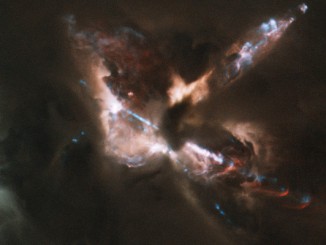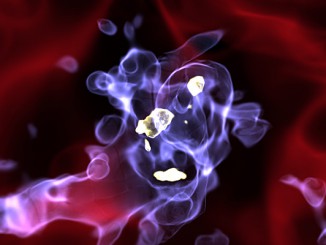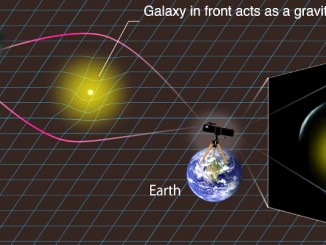
Searching for orphan stars amid starbirth fireworks in Orion
A new Gemini Observatory image reveals the remarkable “fireworks” that accompany the birth of stars. The picture captures in unprecedented clarity the fascinating structures of a gas jet complex emanating from a stellar nursery at supersonic speeds. Researchers believe they have also found a collection of runaway (orphan) stars that result from all this activity.









